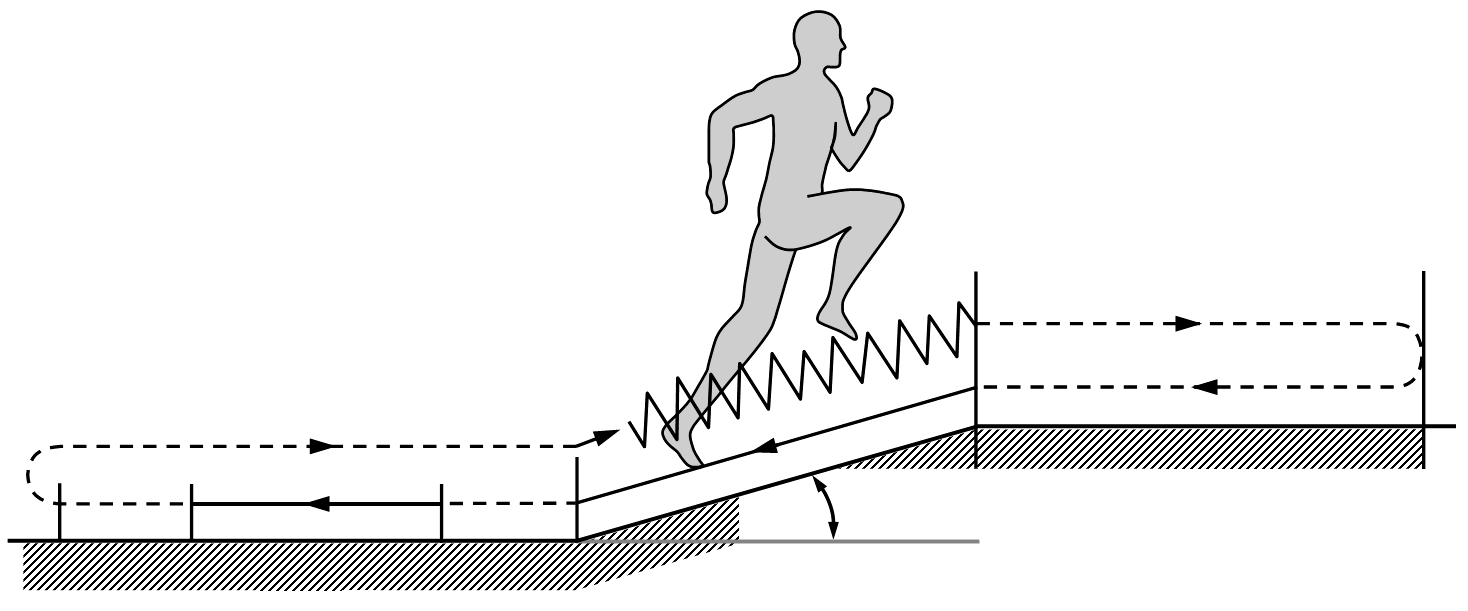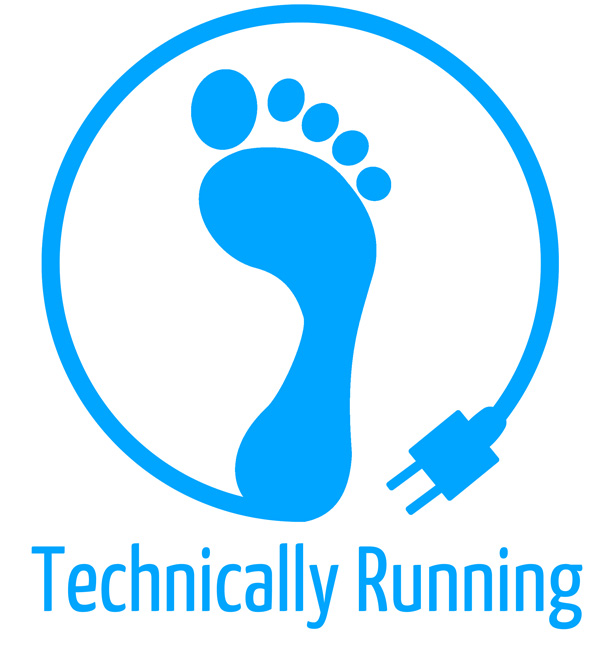After committing to run a half or full marathon comes the decision of what training program to use. The options are endless; your best bet it is to talk to a marathon finisher and see what they think. My next marathon training season starts in October, and with the desire to decrease my time, I talked to a fellow marathoner and friend, Rachel Walters, about the running training system she has embarked on –the Lydiard System. In this post I will be sharing a conversation we had about Lydiard, the basics, and the application of the system.
AR: Well tell me a bit about yourself; where you’re from, your favorite race. I don’t even know where you were born.
RW: You would never have heard of it. I was born in a seaside village in England called Skegness. I started running as a kid.
AR: Racing at school?
RW: Oh yeah.
AR: So what has been your favorite race?
RW: It was the Snowdon 10 mile race in the UK. There was over 3000 feet of ascent.
AR: Well, let’s get down to business. Who was this Lydiard guy?
RW: He was a New Zealander who ended up becoming a professional running coach. He ended up training a lot of famous Olympians. When developing the system, he experimented on himself; trying to see how many miles in a week he could possibly run. He made it to 250. He inspired a lot of runners who are dedicated to his system. I have a friend who devotes a whole blog to it; he even got Lydiard certified at a meeting in Boulder.
AR: What are the basic principles? I mean, if you sum up the training into 1 or 2 sentences, what would they be?
RW: I would say the fundamentals are the importance of base training; the importance of aerobic running. And listening to your body. Knowing when to slow down your pace, relaxing when you are sick or too tired.
AR: So why are you using this system? What inspired you to try it out?
RW: In my last marathon, I was really hoping to break 4 hours. That didn’t happen. So I knew I needed to change something. I emailed my friend who runs the Lydiard training blog and asked him if by using the system I could break 4 hours. He told me yes.
AR: So you’re ready to change up the training. What preparation did you use for your other marathons?
RW: For my first marathon, I just used a Runner’s World guide. It did its job but it was pretty basic. The second marathon I trained using the Ultimate Marathoner’s Guide, and honestly there are elements in it that resemble Lydiard training. Especially the breakdown of the training into separate phases and the building of the base runs.
AR: If there are different phases it must require a certain time commitment. How much time are you devoting to this training?
RW: Well, for the schedule for Lydiard training, you count backwards from the date of the race. Right now I am in the base training phase for my race in October. The base training phase lasts at least 10 weeks.
AR: Does that mean running every day?
RW: No. Lydiard recommends running every day, but I emailed another friend, Aoife, who has used the system before and she had a rest day. So I have been taking Mondays off. It gives me time to go cycle. I guess, if I really wanted to I could go out for a 10 minute jog on Mondays, but I enjoy knowing that after Monday is over I get to go running again.
AR: So what comes after the base training phase?
RW: Next is the hill-running phase. The whole point is to strengthen your legs. But you should keep the hill-running still aerobic; you shouldn’t be straining to breathe.

The proper angle (5-15 degrees) and shape of the hill needed for Lydiard training. The hill should be 200-300 meters long with flat areas on the top and bottom.
AR: Have you found a suitable hill?
RW: No. Not in Gainesville yet! The hill needs to be long and with a shallow grade. You don’t want it to be so steep that you are hunched over, ruining your form.
AR: Then what? Speedwork?
RW: After four weeks of hill-training you start the “Capacity/Coordination” phase. There are time-trials almost twice a week for the entire phase! I will be doing 3K and 5K time-trials, which will be faster than goal marathon pace without the push at the end. You don’t want to go over 100% of your aerobic limit though and go into oxygen debt, so you still need to listen to your body. And fartlek, which means “speedplay”. Fartlek is running intervals. So you would run at one pace for a certain amount of time then switch to a different pace and so on without stopping.
Toward the end of this phase is “sharpening”. It is a lot of track sprints without stopping in between them.
AR: I remember in my training we would always take a minute break in between each 400.
RW: Yeah, in the Lydiard training you don’t take breaks, you continue running even if it is one very slow lap to get ready for the next sprint.
AR: And after all that speedwork?
RW: At the end, 2 weeks before your race there is a taper of sorts. But you still run almost every day!
AR: You are going to be running all summer long! How are you going to do this training in the middle of a Gainesville summer?
RW: Well I’ve been running in the mornings, even then it is really hot. For speedwork, the track is only open from 6 am to noon to the public, so that works out.
AR: What about water?
RW: I haven’t decided yet whether I’ll stash or carry with me. I’ve been getting used to carrying a waterbottle, but I think I’d like to try one that fits over your hand. Plus, I know where the drinking fountains are. It’s important to not be dehydrated, but not to drink too much water, you know hyponatremia. But on my last 10 mile run I lost like 5 pounds; it’s really hard to drink that much water to replenish all that lost.
My other issue is with salt. Sweating so much, I get nauseous if I don’t get enough. So I have been adding salt to my oatmeal in the morning, and I’ve been adding it to my water.
AR: To wrap it up, what is your end goal?
RW: I am running the Marine Corps Marathon in D.C. in October. I want to break 4 hours.

Yum! Lydiard's favorite!
AR: One more thing. I read the nutrition section in Lydiard’s training guide and he seems to be obsessed with eating honey. What’s the deal with that?
RW: Yeah, the week before the race you should be eating a lot of honey. I have already been cutting out cakes and cookies and eating more honey. It gives you the carbo-load you need instead of eating jelly beans or gummy candy. Good natural sugar!
Endnote: To myself, the Lydiard system is more complex than a standard training program, but the devotion to varied exercises and the model of a long base training time makes it sound very promising. I think if runners place as much energy into the training system as Lydiard put into creating it, PRs will be easily achieved for half and full marathon racers.
To learn more about the Lydiard training system check out the Champions Everywhere blog or Running Wizard for Lydiard training guides.
Ashley is a geologist at Schlumberger, specializing in geologic modeling software. She completed her Masters degree in geology from the University of Wisconsin-Madison. She is an avid runner, cyclist, and rock climber. She will pretty much race anything and everything. You can find her hanging out on White Oak in Houston, TX or climbing and running in Austin.



